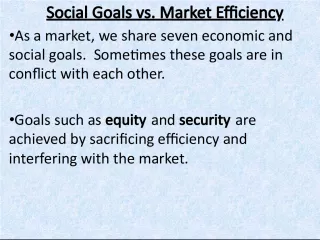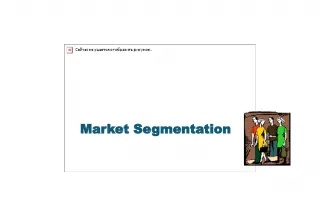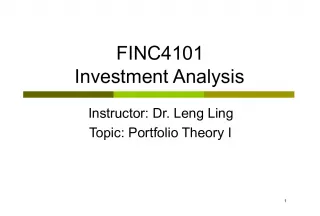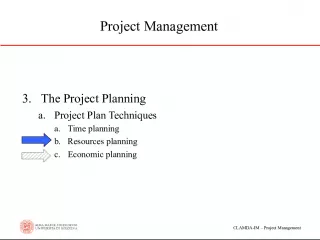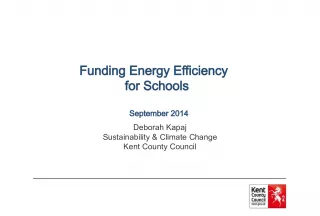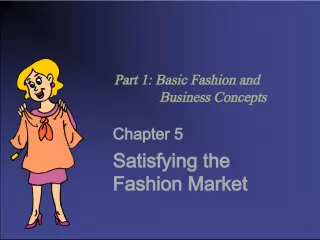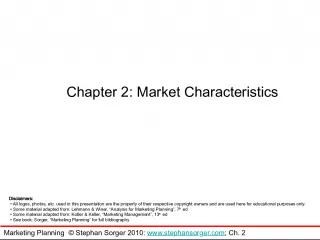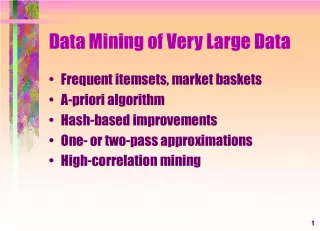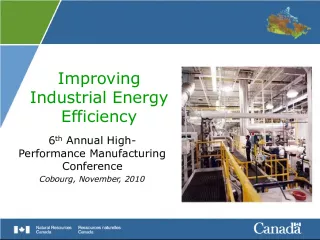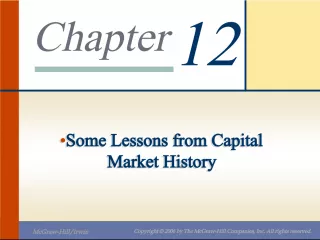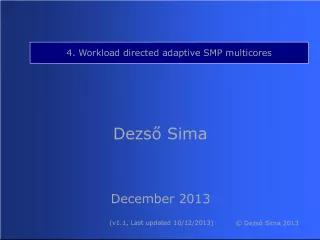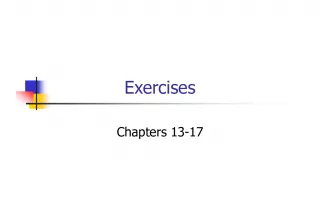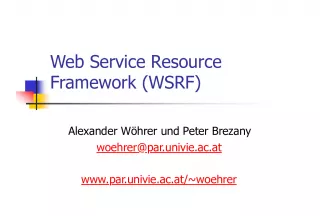Resource Depletion and Market Efficiency
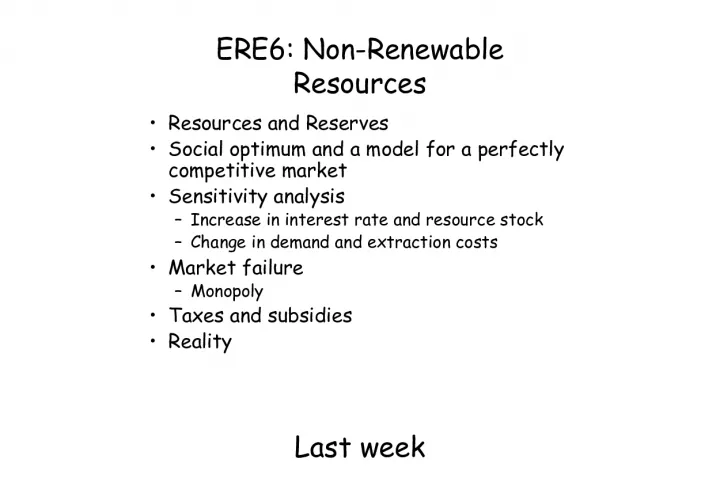

This article explores the economics behind non-renewable and renewable resources. It discusses topics such as market failure, monopoly, taxes, and subsidies, alongside optimal depletion models, Hoteling's rule, and substitution.
- Uploaded on | 1 Views
-
 connorauer
connorauer
About Resource Depletion and Market Efficiency
PowerPoint presentation about 'Resource Depletion and Market Efficiency'. This presentation describes the topic on This article explores the economics behind non-renewable and renewable resources. It discusses topics such as market failure, monopoly, taxes, and subsidies, alongside optimal depletion models, Hoteling's rule, and substitution.. The key topics included in this slideshow are Non-renewable resources, renewable resources, optimal depletion model, market efficiency, resource substitutability,. Download this presentation absolutely free.
Presentation Transcript
1. ERE6: Non-Renewable Resources Resources and Reserves Social optimum and a model for a perfectly competitive market Sensitivity analysis Increase in interest rate and resource stock Change in demand and extraction costs Market failure Monopoly Taxes and subsidies Reality
2. Last week A simple optimal depletion model Resource substitutability Static and dynamic efficiency Hotellings rule Optimality Extraction costs Renewable resources Complications
3. Potential, Resources and Reserves 687 1.507 3.343 5.537 287 Gesamtpotential (Mrd. toe) 125 Bis Ende 2000 gefrdert 57 100 Verbleibendes Potenzial 552 1.450 3.243 236 316 1.163 Reserven Ressourcen l Gas Kohle 2.774 1.327 334 165/1.162 84/250 Source: RWE Weltenergiereport 2004 219 123 469 152/66 122/1
4. Resources and Reserves Increasing degree of geological assurance Increasing degree of economic feasibility McKelvey classification
5. Potential for oil Source: Bundesamt fr Geowissenschaften und Rohstoffe (BGR)
6. Oil production Source: BGR
7. Availability Source: BGR
8. Mineral Reserves Mineral Prod. Cons. Econ. Res. Exp. Res. Tech. Res. Life Aluminium 112 19 23000 28000 3519000 222 Iron 930 960 150000 230000 2035000 161 Manganese 25 22 800 5000 42000 32 Chromium 13 13 419 1950 3260 32 Zinc 7.1 7.0 140 330 3400 20 Nickel .92 .88 47 111 2590 51 Copper 9.3 10.2 310 590 2120 33 Lead 3.4 5.3 63 130 550 18 Tin .18 .22 8 10 68 45 Tungsten .041 .044 3.5 ? 51 80 Mercury .003 .005 0.13 0.24 3.4 43 Million metric tons
9. Social optimum: Two-periods Demand function: Welfare function: Constraint: Langrange: Necessary conditions: Net social benefits:
10. Social Optimum: Multi-periods Social welfare function: Equations of motion: Hamiltonian: Optimality has that the stock is zero too: Necessary conditions: Demand goes to zero if price exceeds the choke price (K): Demand function:
11. Net price P t Time t Time t P 0 P t T T R R 0 Area = = total resource stock R t Demand P T =K 45 Graphical solution
12. Perfect Competition Firms objective function: Hamiltonian: Equations of motion: Necessary conditions: Identical firms: Perfect competition: Intertemporal efficiency:
13. Net price P t Time t Time t P 0 T T R R 0 R 0 / T / P 0 / K T / D 45 D / Increase in demand
14. K P Time T C A B P 0 Increase in interest rate
15. Net price P t Time t Time t P 0 T T R R 0 R 0 / T / P 0 / K T / Demand Increase in interest rate (2) 45
16. Net price P t Time t Time t P 0 T T R R 0 R 0 / T / P 0 / K T / Demand Increase in stock size 45
17. P t Net price path with no change in stocks Net price path with frequent new discoveries t Frequent new discoveries
18. Net price P t Time t Time t P 0 T T R R 0 R 0 / T / P 0 / K T / D Backstop technology becomes cheaper 45 Backstop price fall P B R *
19. Results of the sensitivity analysis so far Higher demand: Higher initial price, higher initial extraction; price increase unaffected, so choke price reached earlier Higher interest rate: Initial price will be lower, but price increase faster, and choke price reached earlier; overall higher extraction Greater resource stock: Initial price goes down, initial extraction goes up; growth unaffected; exhaustion postponed Lower choke price: Final price lower, but price increase unaffected, so initial price must be lower; overall higher extraction
20. Resource price Time T New gross price New net price Original net price Original gross price c L c H Hoteling rule required: Gross price: Extraction costs
21. Resource price Time T T / New gross price New net price Original net price Original gross price K Extraction costs (2)
22. Gross price P t Time t Time t P 0 T T R R 0 R 0 / T / P 0 / K T / Original gross price path 45 New gross price path A rise in extraction costs
23. Sum up: Extraction costs Gross price increases slower Final gross price is choke price If the new gross price starts lower, it never picks up with the old; resource extraction must be greater during the entire period; this cannot be optimal Therefore, new gross price starts higher, extraction is lower, and exhaustion is reached later
24. Monopoly Firms objective function: Equations of motion: Hamiltonian: Necessary conditions: Marginal profit function:
26. Net price P t Time t Time t P 0 M Perfect competition T M T M R R 0M Area = R 0 T Monopoly P 0 P T = P T M = K T Demand 45 Monopoly and perfect competition
27. Royalty and Revenue Taxes A royalty tax does not change extraction A royalty tax does redistribute revenue from firms to the government Subsidies are negative taxes A revenue tax is equivalent to increasing the extraction cost, that is, higher initial gross price, slower growth, exhaustion postponed
28. Further issues Private and social extraction costs might differ Private and social discount rates might differ Absence of forward markets and expectations Differences in risk perception Uncertainty
29. How Real is Hotelling? Hotellings rule has been derived for very simple economies So, either the analysis has to be made more complicated, or the data have to be manipulated before we can subject Hotelling to an empirical test Studies that have done either or both are inconclusive; some say, Hotelling is real, others say not so It may be that markets assume that resource stocks are infinite, until they are almost depleted
